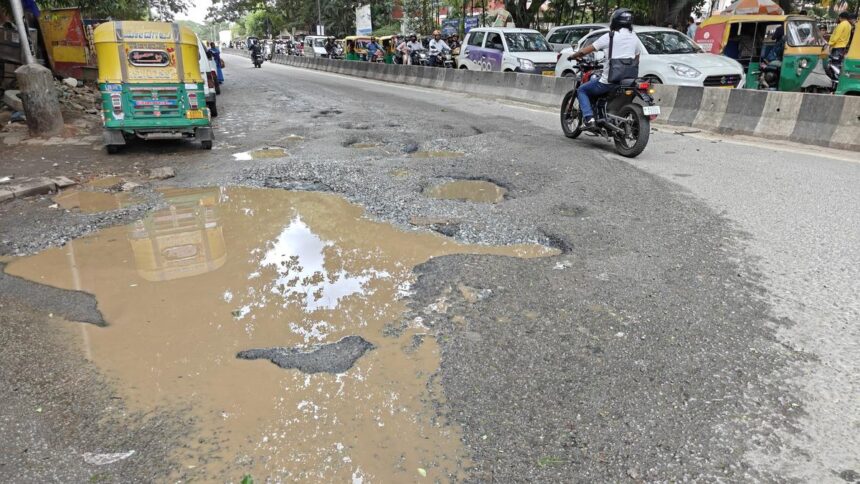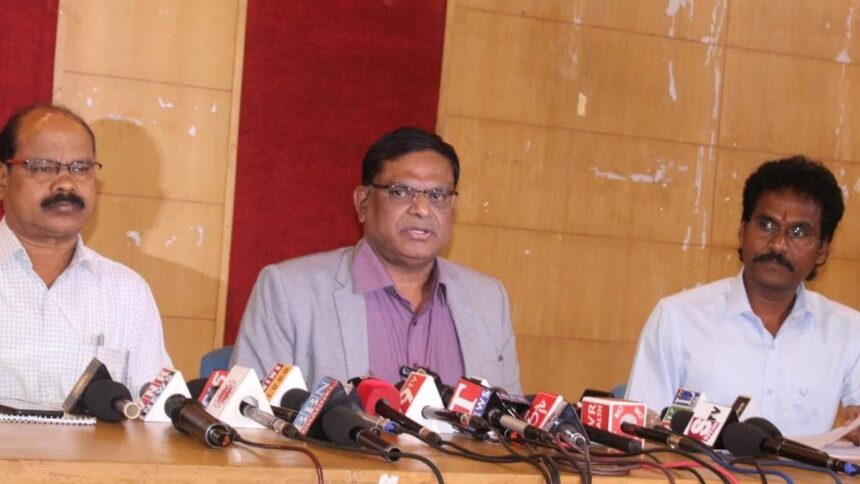On World Drowning Prevention Day (July 25), a Statewide survey in West Bengal has revealed that 25 people die from drowning every day, of whom 12 are children. The annual toll, estimated at 9,191 deaths, is nearly three times higher than previous official estimates.
The study conducted by The George Institute for Global Health described as the largest community-level drowning survey ever conducted in India, covered all 23 districts of West Bengal, surveying a population of 18 million. They gathered data from 15,000 community members.
“This research uncovers the true, devastating burden plaguing rural regions of West Bengal,” said Dr. Medhavi Gupta from The George Institute. “As most deaths occur in children, families often do not report them, and poor health infrastructure leads to systemic undercounting.”
According to the survey, children between 1-9 years are the highest risk group, they account for 48% of the deaths. Toddlers between 1-2 years are at 30% higher risk and most deaths occur within 50 metres of the house, especially between 12 noon and 2 pm, when caregivers are often busiest. Another striking data says that 93% of the children drowned when no adults were present around them.
Dr. B Mohammed Asheel from the World Health Organization, India said, “Although the global drowning death rate has declined 38% over the past two decades, low-and middle-income countries have been left behind. 92% of deaths still occur in these countries.” He insisted that since they already know the right steps to prevent drowning, it is important to start implementing them on the ground.
Experts from the field have noted that inadequate understanding about drowning and post drowning response makes the deaths higher. “Harmful and ineffective rescue efforts were common, inducing vomiting and spin over the head. Only 10% of victims received cardiopulmonary resuscitation (CPR) with rescue breaths, which is the best-practice response for a drowning victim. Only 12% sought medical assistance,” the official statement from The George Institute stated.
The survey has also offered policy recommendations like fencing around ponds and water bodies to protect toddlers, community CPR and rescue training because 90% of the first responders are community members. They also suggested that active swimming training of children from a young age can also bring about positive change.
The study, supported by Bloomberg Philanthropies and co-authored with the Child in Need Institute (CINI), aims to drive policy change and community action.
CINI’s National Advocacy Officer, Sujoy Roy, who has extensively worked on the issue at ground level, said that they are ready to work with stakeholders to end drowning. “These deaths are 100% preventable. If the young children are kept under the watch of adults, then all of them can be saved,” Mr Roy told The Hindu during the Drowning Prevention Day program organised by CINI. He also highlighted that the 25 daily death rates is the modest report, the numbers may be more if a even finer and in-depth study is conducted.
Published – July 26, 2025 02:30 am IST



















